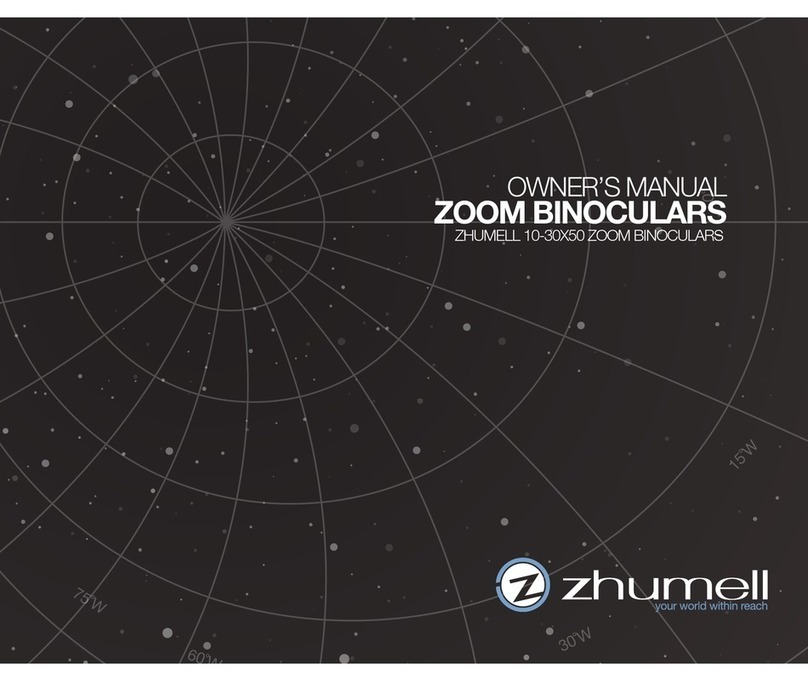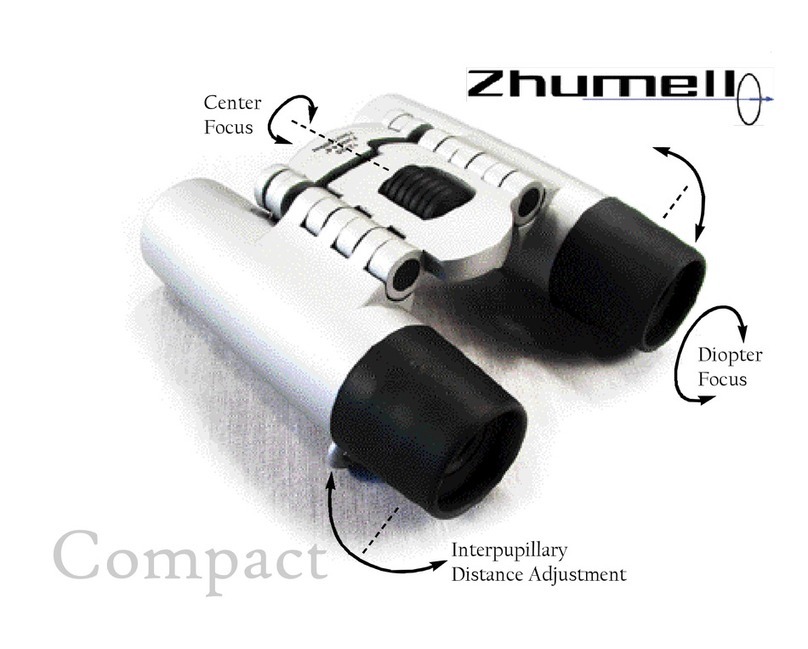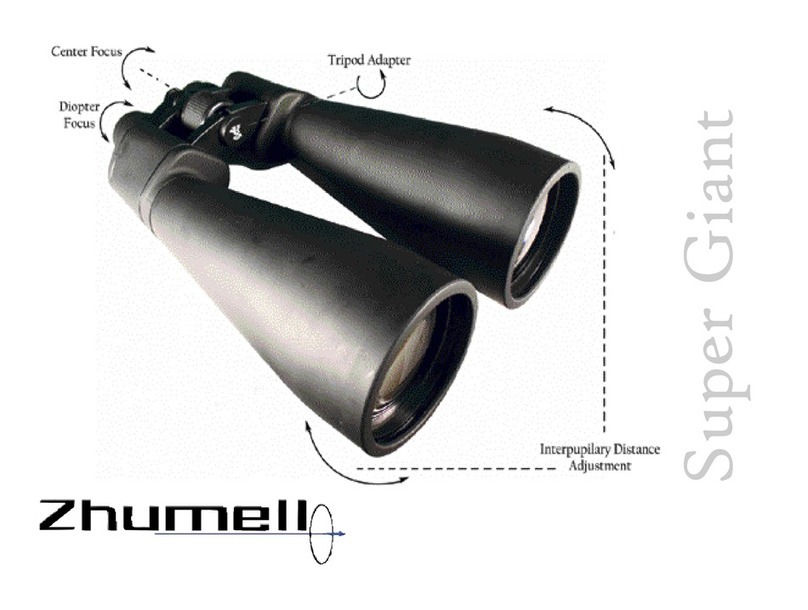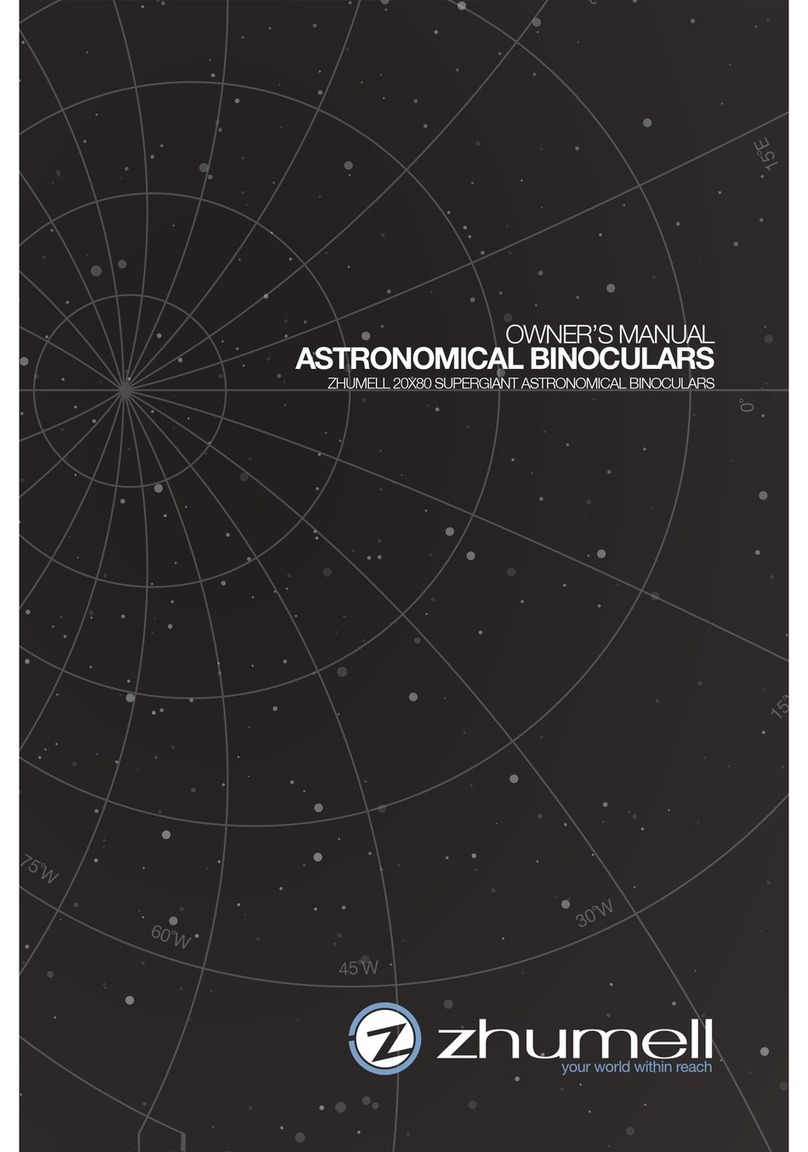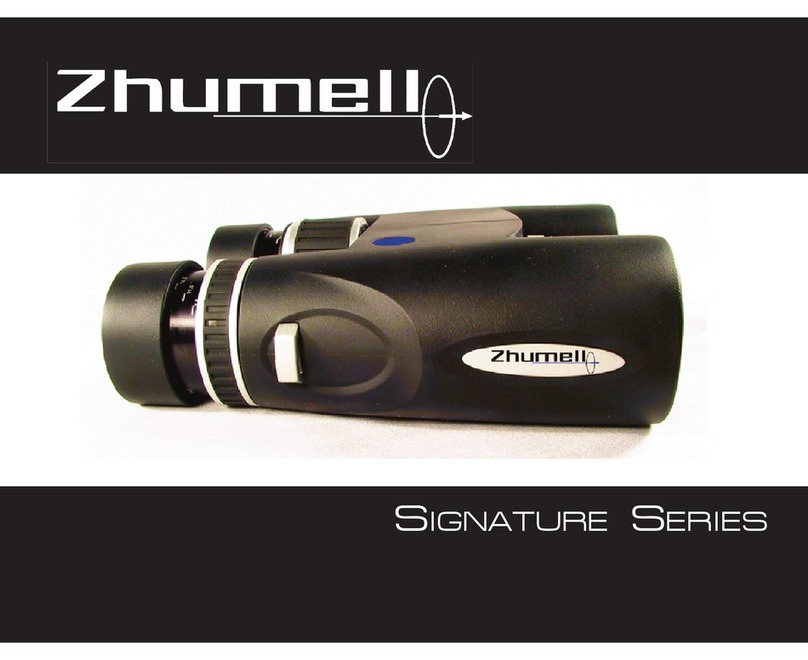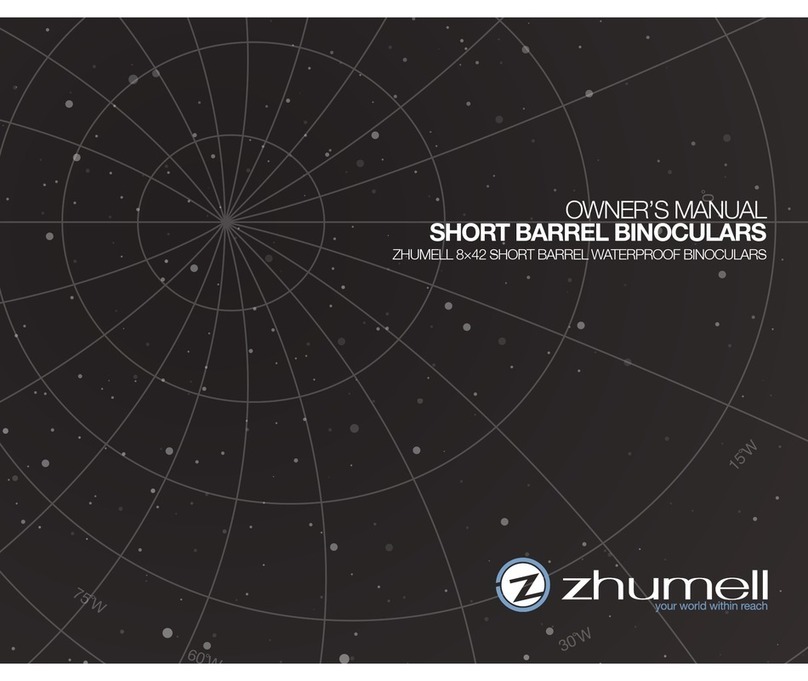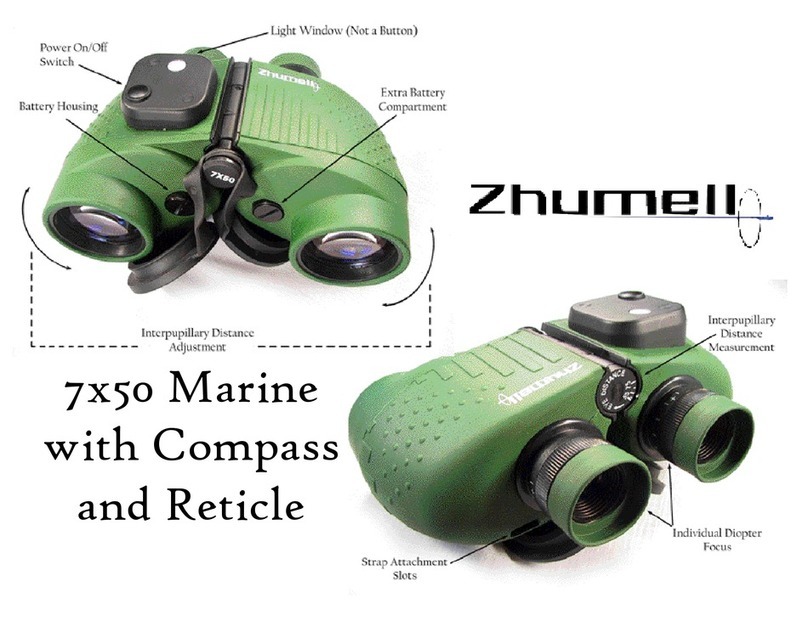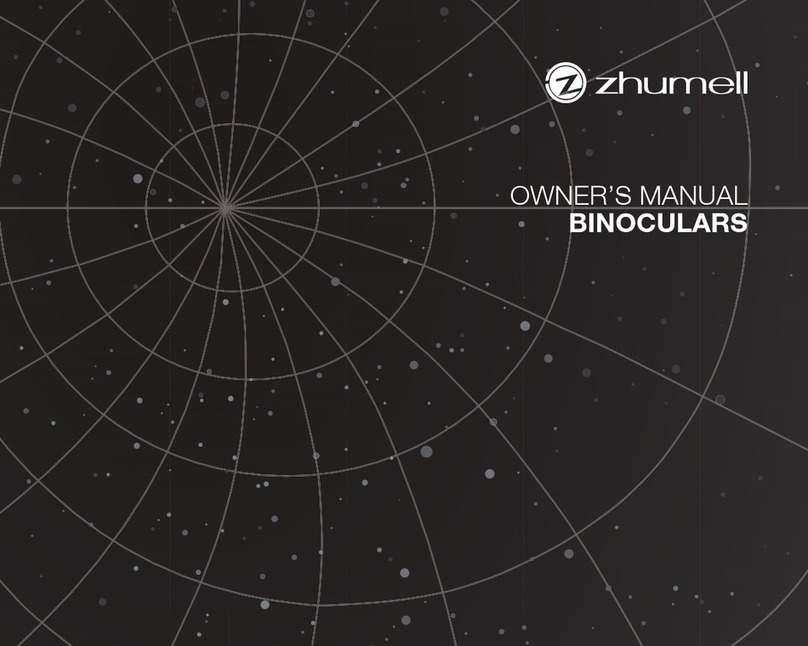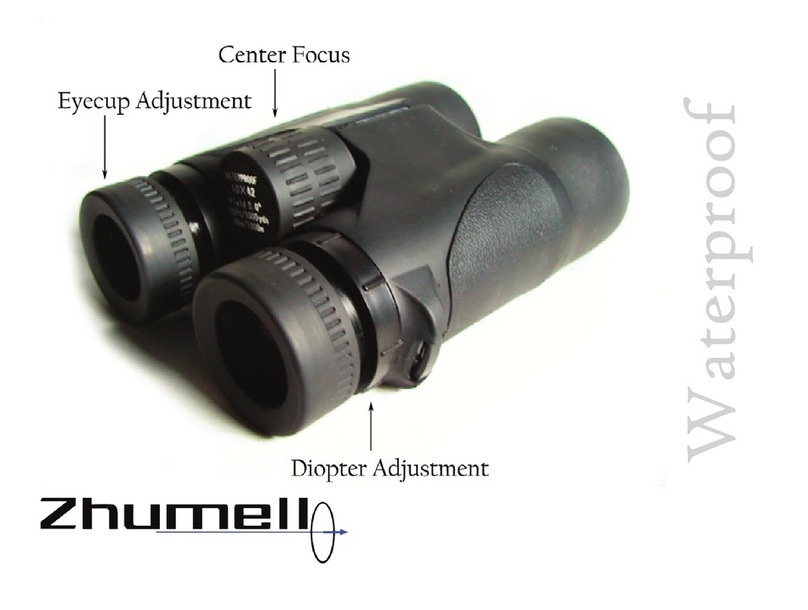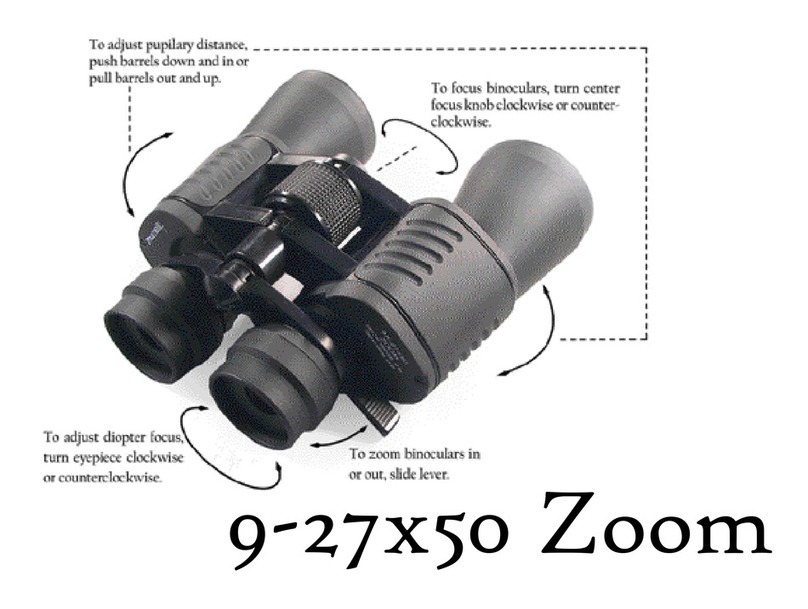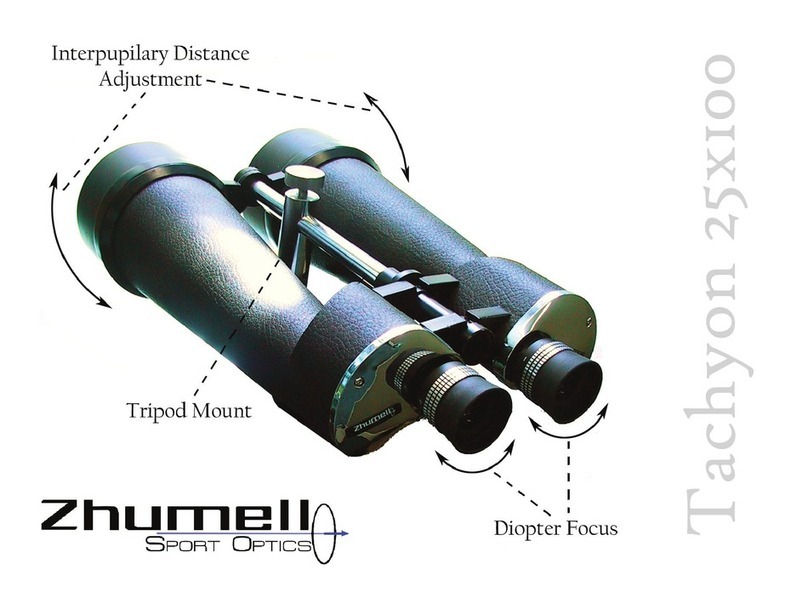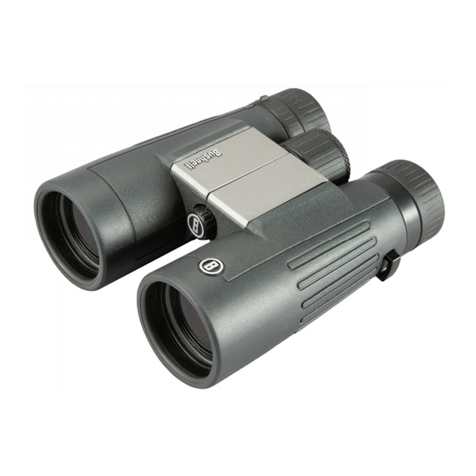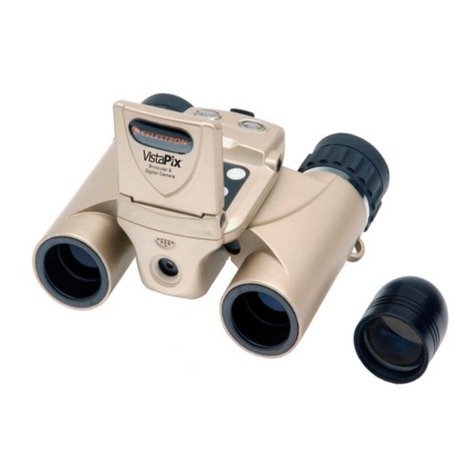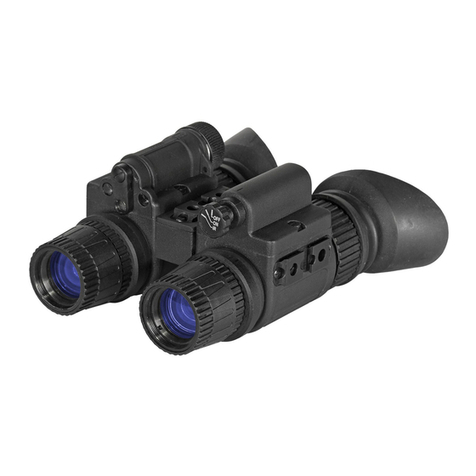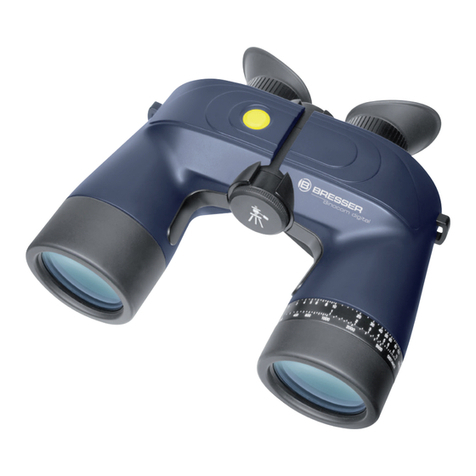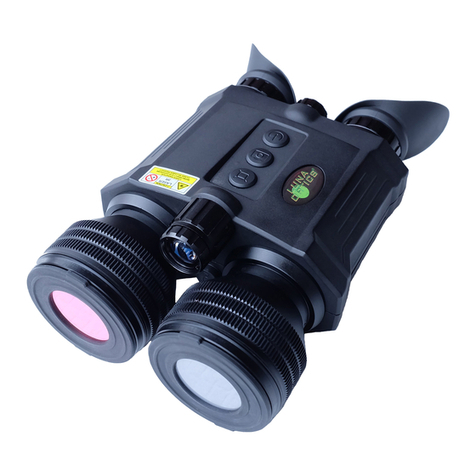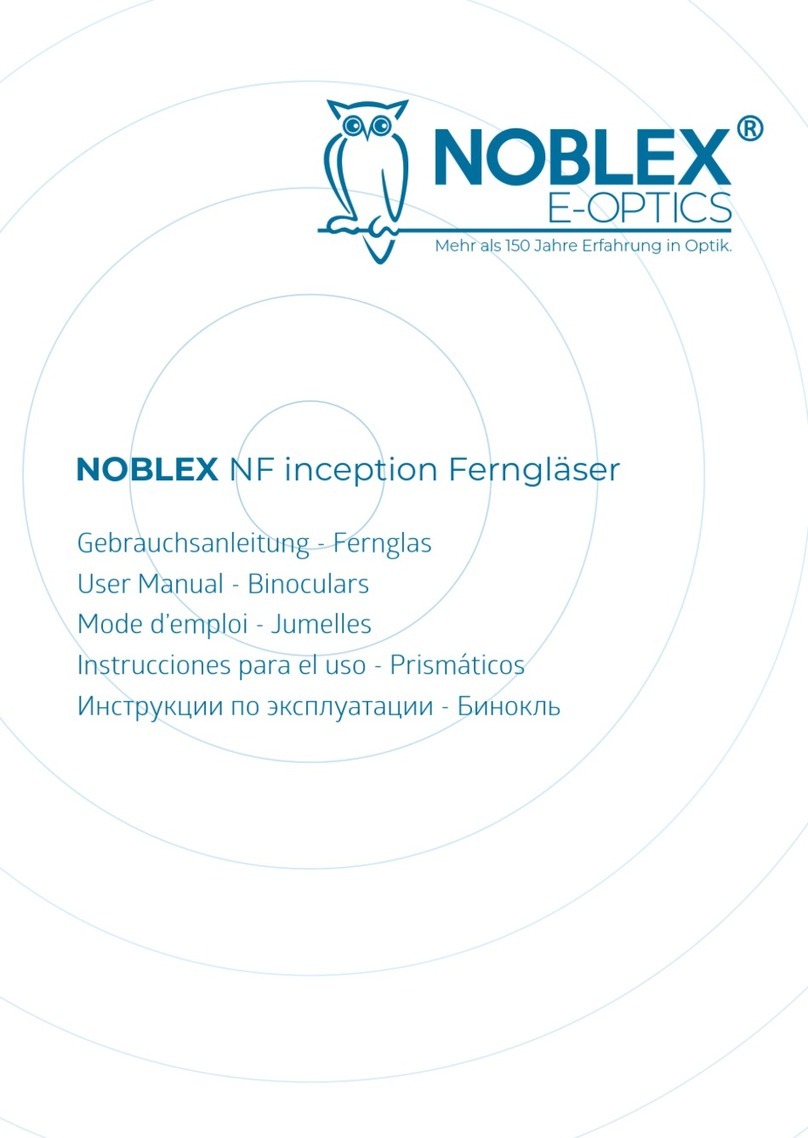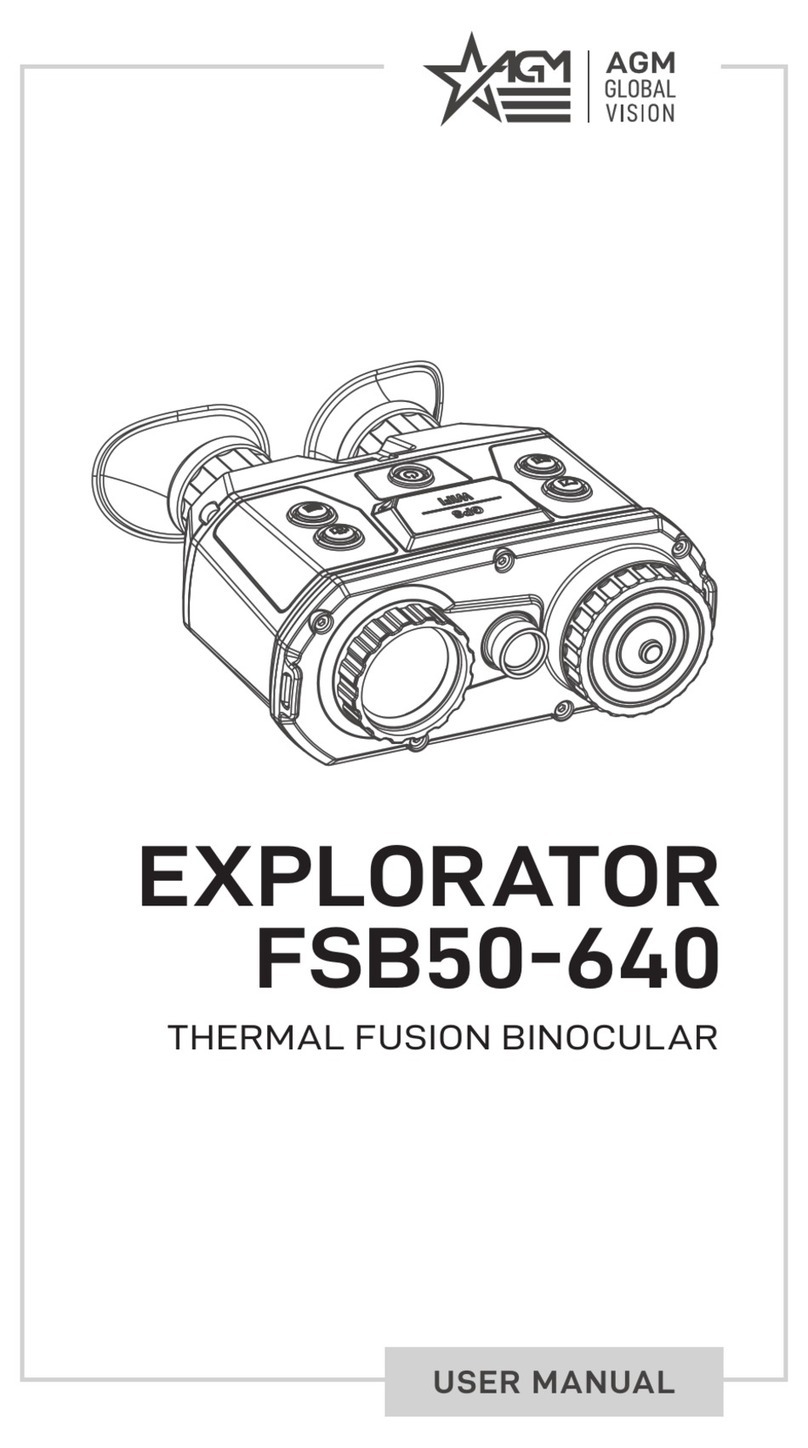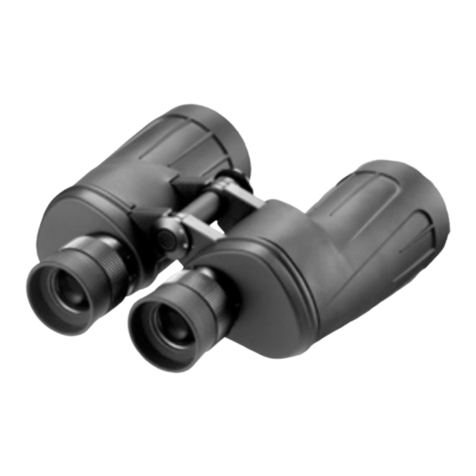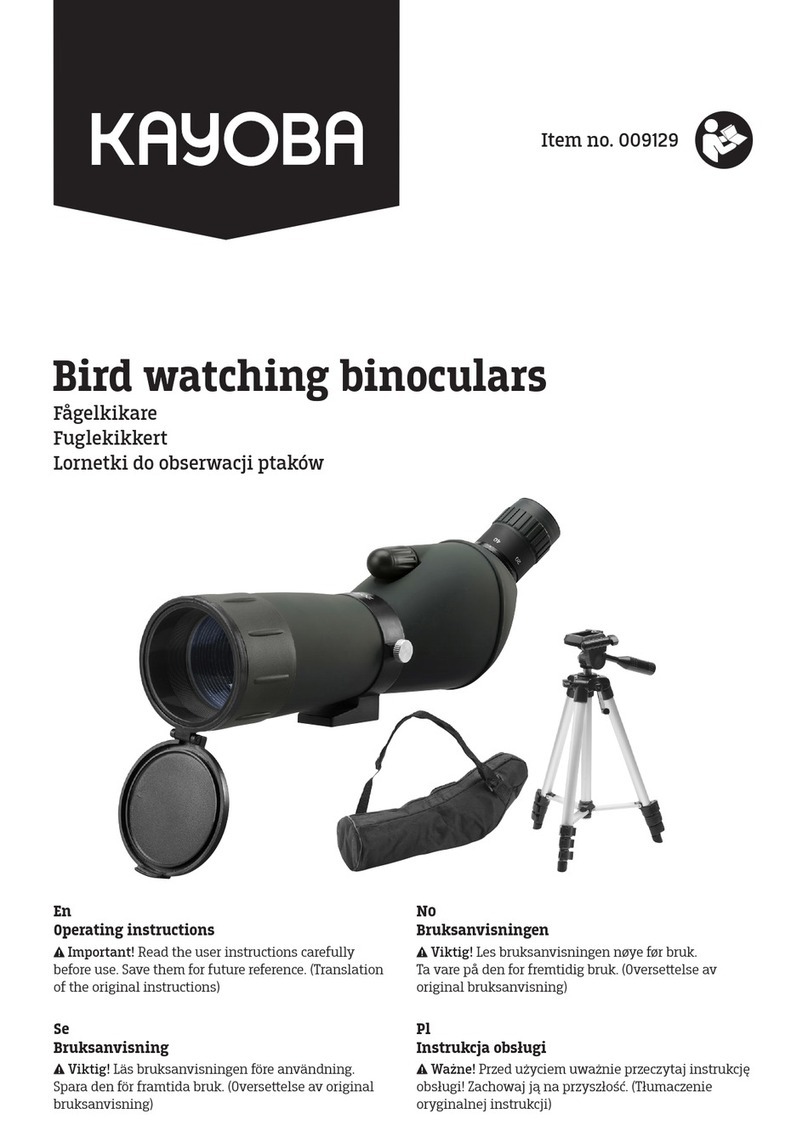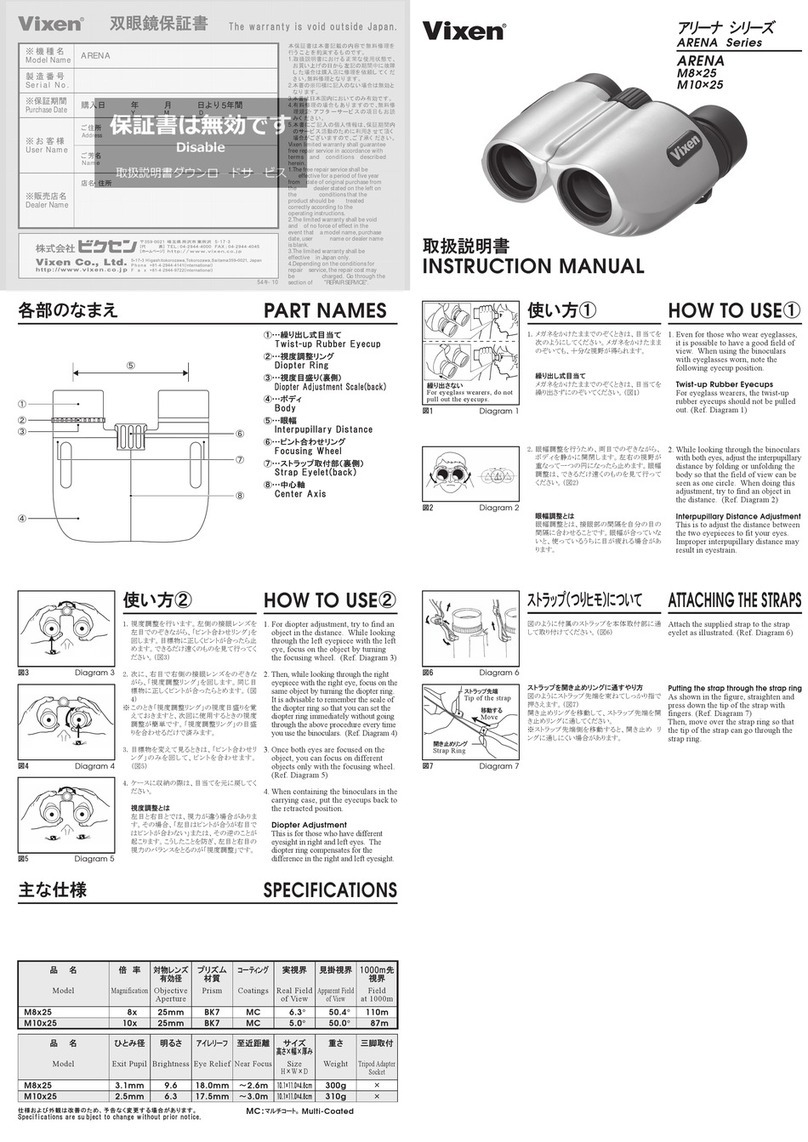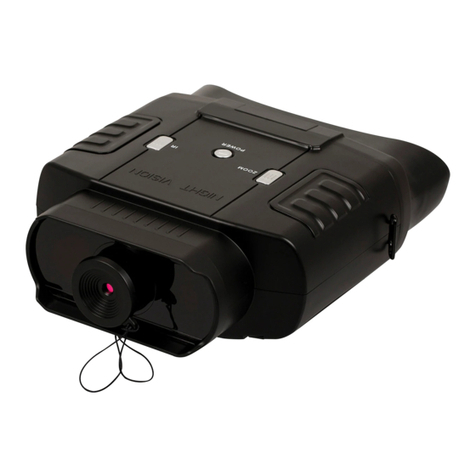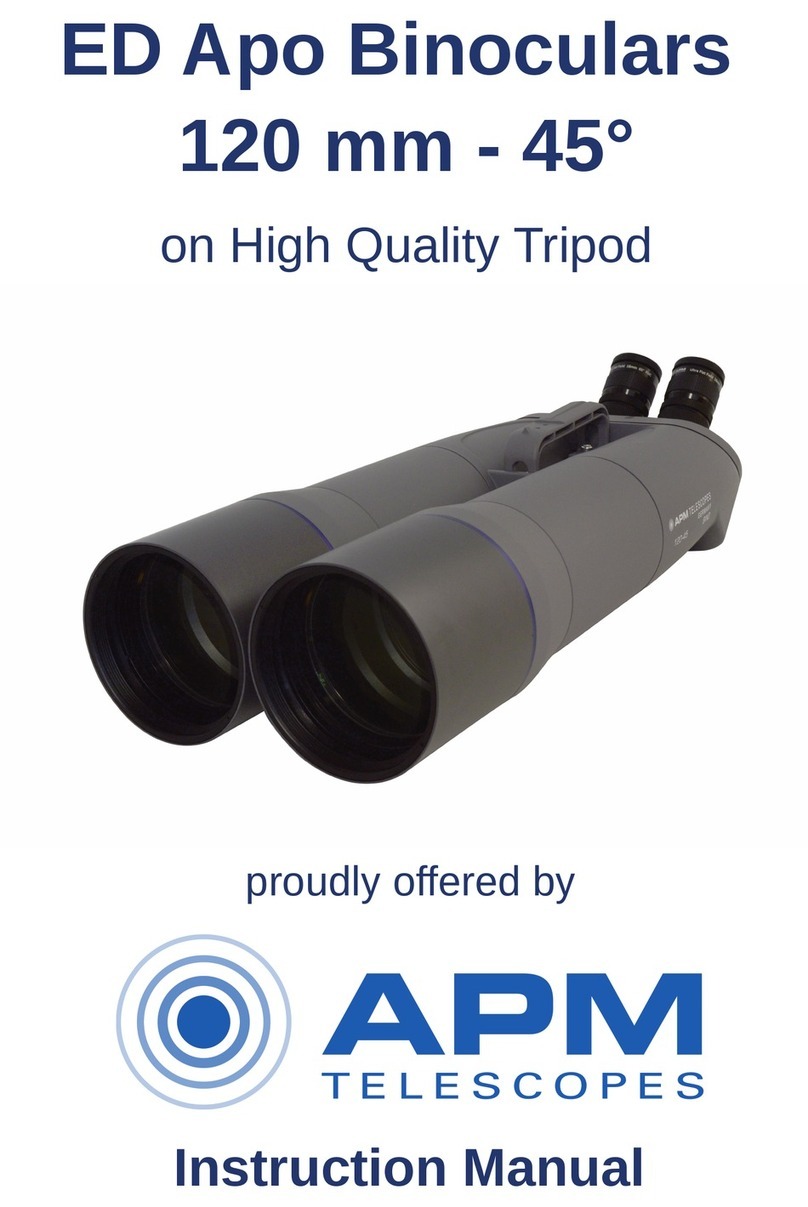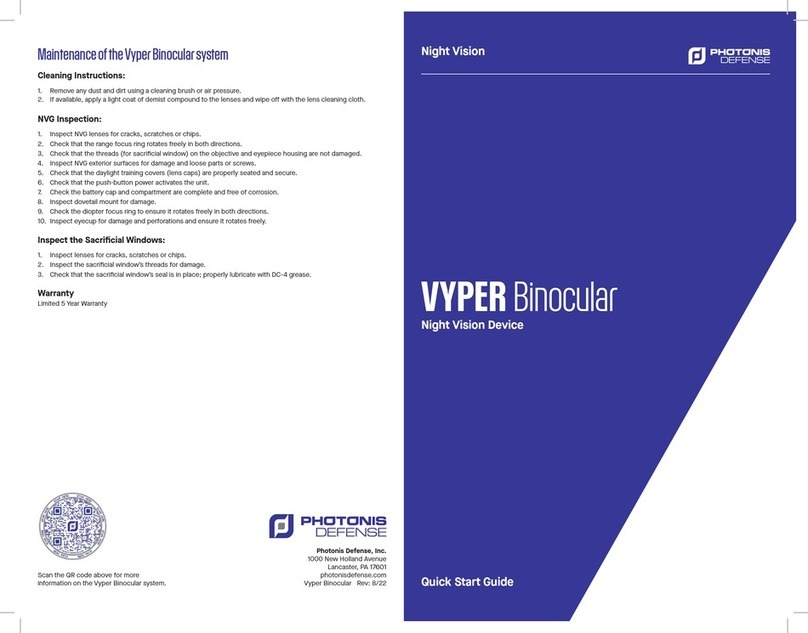10
DARK-ADAPTING YOUR EYES
When you go out into the dark, your eyes need time to adjust. You
will initially be able to see only a fraction of the stars and objects your
eyes are capable of. Remain in the dark (don’t look at any lights or
cell phones) for at least 30 minutes, and your eyes should be around
80% of their full dark-adapted sensitivity. Every time bright light
comes into your eye, the dark-adapting process will start over.
When eyes are fully dark-adapted, you will probably still need to see
what you’re doing. Use a red-light flashlight to maneuver around the
area. A regular flashlight covered in red cellophane will work, but red
LED lights are best.
ASTRONOMICAL OBSERVATION TIPS
TRACKING CELESTIAL OBJECTS
The Earth is always rotating about its polar axis, completing one full
rotation every 24 hours. This is what defines our “day”, and we see it
in the apparent movement of sun and stars throughout each rotation.
In the same way that the sun rises and sets each day, the stars in
the sky rise and set each night. The motion translates to a rate of
approximately .25° per minute, or 15 arc-seconds per second.
This is commonly referred to as the sidereal rate.
As you observe any celestial object, remember that it is in motion. You
will need to continuously update your binocular position throughout a
viewing session, most easily done using your tripod adjustments.
As an object begins to leave your field of view, adjust your position in the
correct direction and bring the view back to center.
